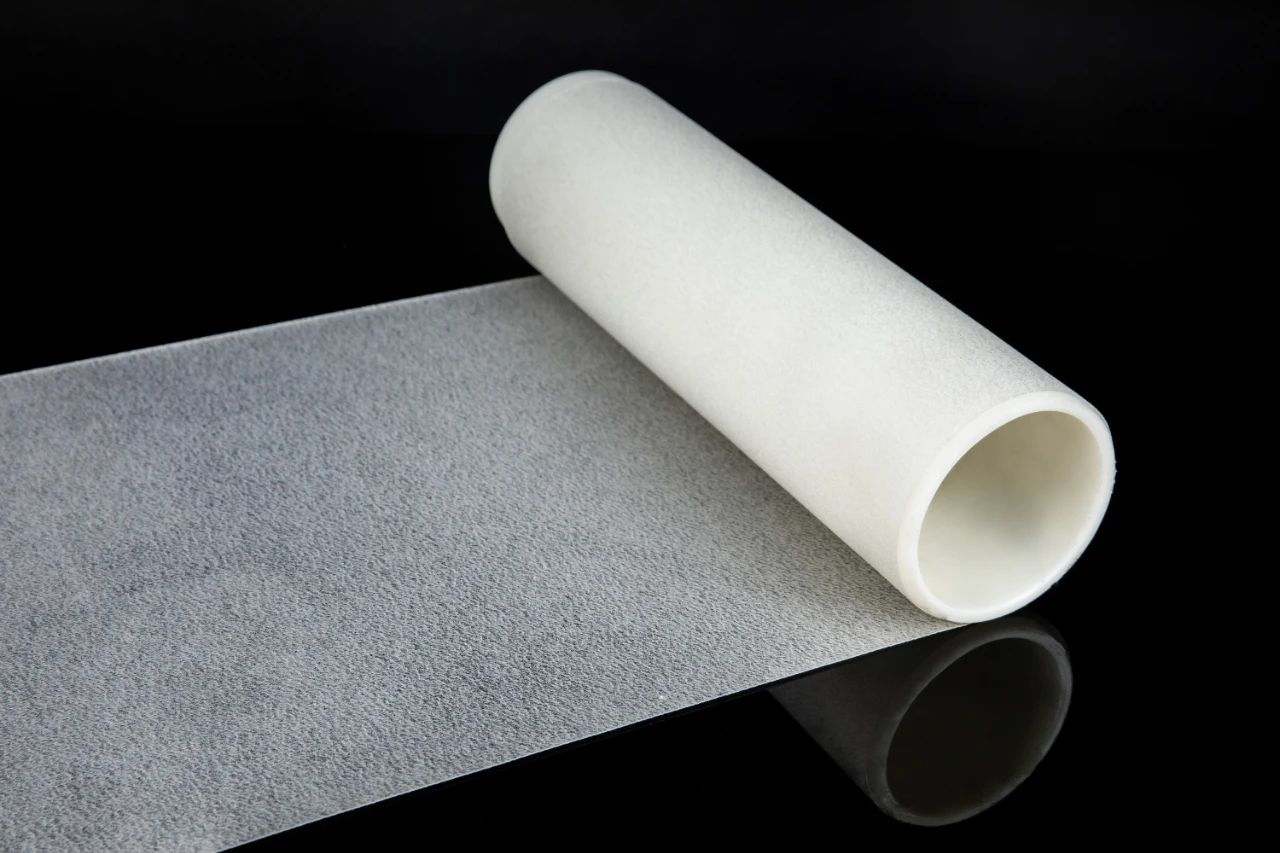
With the growing global demand for clean energy, China's construction of "Desert-Gobi-Wasteland" renewable energy bases has entered a fast track in recent years. According to relevant documents, by 2030, China plans to build large-scale "Desert-Gobi-Wasteland" wind and solar power bases with a total installed capacity of 455 GW, indicating enormous market potential.
Against this backdrop, the construction of desert photovoltaic (PV) power plants, as a critical component of clean energy, holds vast development prospects and strategic significance. However, desert PV modules face severe challenges from extreme environments, including high temperatures, intense ultraviolet (UV) radiation, drastic day-night temperature fluctuations, and sandstorms.
Challenges for Desert PV Systems:
TOPCon Cells’ Vulnerability to UV Degradation
As TOPCon PV modules gain rapid global adoption due to technological maturity and cost reductions, their sensitivity to UV radiation has also increased. Desert regions experience prolonged sunlight and UV intensity 2-3 times higher than normal areas. Laboratory efficiency breakthroughs (exceeding 26%) highlight the susceptibility of TOPCon’s passivation layer to UV light.
Data show that intense UV radiation breaks Si-H bonds in the passivation layer, leading to performance decay and UV-induced degradation (UVID), which reduces module power output. This issue has sparked widespread industry concern.
PV encapsulation film, a key material affecting module lifespan and power generation efficiency, must meet extreme demands in desert environments. Experts emphasize, "Developing encapsulation materials tailored to high-irradiation environments is urgent."
As one of China’s earliest pioneers in PV encapsulation films, Betterial’s R&D team, leveraging decades of expertise in polymer materials and cross-disciplinary innovations in material chemistry and optical engineering, has introduced a desert-specific encapsulation film solution.
Betterial Desert-Specific Encapsulation Film:
Three Upgraded Advantages Reinvent UV Protection
The solution integrates three innovations to address UV challenges:
Dynamic UV Cutoff Technology
Through molecular design, a "dynamic hydrogen bond network" is embedded in the film’s luminescent material. Under UV excitation, a "photo-tautomerization-vibrational relaxation" mechanism converts high-energy photons into low-energy states without generating free radicals, ensuring long-term stability.
Lab tests show over 95% cutoff efficiency for UV below 320nm (UVC+UVB bands), while maintaining over 90% transmittance for visible light above 355nm, maximizing effective spectrum retention for power generation.
Customized Spectral Matching
Tailored cutoff solutions (320nm, 330nm, 340nm, 350nm) address varying UV tolerances of TOPCon cells. For example, the flagship 320nm cutoff film limits power degradation to <4% post UV220 accelerated aging, boosting theoretical energy yield by over 20% compared to conventional films.
Full-Environment Reliability Enhancement
Beyond UV protection, the film achieves:
Extreme Temperature Resistance: 30% higher heat tolerance, with no delamination or yellowing after -40°C to 120°C thermal cycling (TC900).
Enhanced Adhesion: Special coupling agents increase crosslinking density, improving glass adhesion by 25% to resist sand erosion and damp-heat aging (passing DH3000 tests).
PID Resistance Optimization: Sodium ion migration inhibition rate reaches 99.8%, ensuring long-term reliability in arid, high-salinity environments.
Addressing Client Pain Points
Balancing Economic and Environmental Benefits
TOPCon cell degradation issues are increasingly reported. Media highlights customer complaints about EL imaging inconsistencies and unexpected power degradation, leading to financial losses and operational instability.
RETC tests reveal that some TOPCon modules suffer ≥5% power loss after 220kWh/m² UV exposure. Unprotected modules in deserts degrade by 10%-16% over three years, jeopardizing project ROI and causing potential revenue losses exceeding hundreds of millions.
Betterial’s Technical Director stated, "We aim to deliver both technical solutions and tangible economic gains." Calculations show that a 1GW desert PV plant using this film can reduce UV-induced power loss by over 500 million kWh in 25 years, equivalent to cutting 400,000 tons of CO2. With desert regions offering over 1,800 equivalent utilization hours annually, the project IRR could rise by 2-3 percentage points. The product has passed TÜV and CPVT certifications, with deployments in China’s northwest, Middle East, and Africa.

As global desert PV projects surge, Betterial’s film ensures extended module lifespan, higher efficiency, and adaptability to extreme conditions, supporting the integration of power generation, desertification control, and ecological restoration.
Moving forward, Betterial will continue advancing R&D and enhancing product-service capabilities, delivering stable, high-value material solutions to accelerate global energy transition and carbon neutrality.



